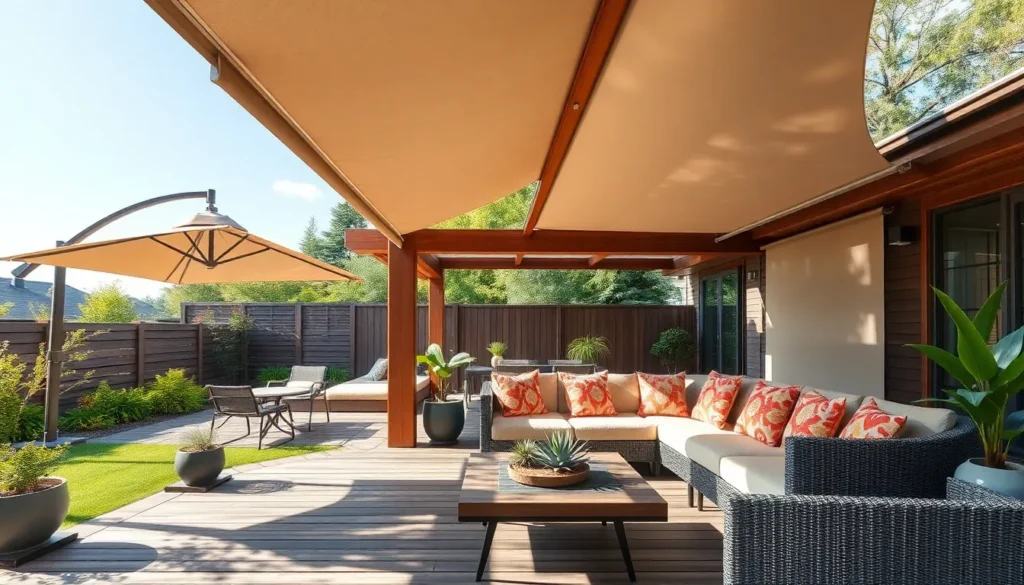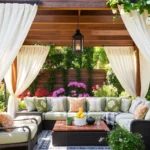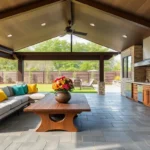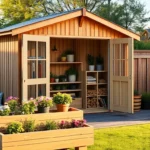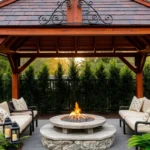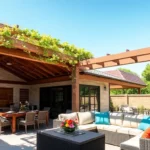Imagine transforming your backyard into a versatile oasis that adapts effortlessly to the changing seasons and varying needs of your household. Whether you’re a seasoned outdoor enthusiast or just starting to explore the potential of your outdoor space, retractable shelters offer an exciting solution that combines style with functionality. These innovative structures provide the comfort of shade when you need it and the freedom of open skies when you don’t, making them a perfect addition to any yard.
In this article, we’ll explore eight retractable shelter options that promise to elevate your outdoor living experience. You’ll discover designs that cater to a range of aesthetics and budgets, ensuring there’s something for every homeowner. From sleek, modern canopies to charming, rustic pergolas, we’ll guide you through choosing the perfect fit for your space, offering practical insights and inspiring ideas to help you create a flexible and inviting outdoor retreat.
Understanding Retractable Shelter Benefits
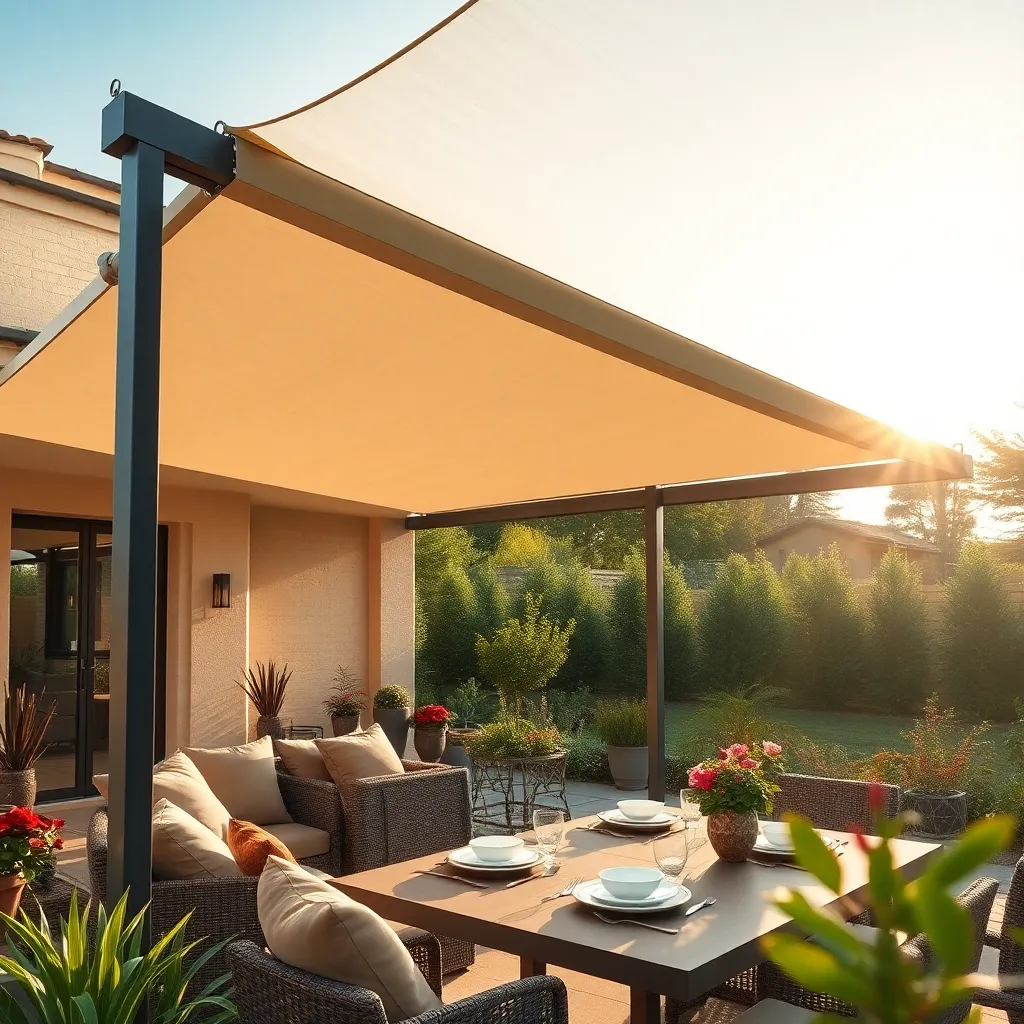
Retractable shelters offer a unique combination of flexibility and protection in outdoor spaces, making them an invaluable addition to any yard. They can provide shade during hot summer days and shelter from rain, allowing you to enjoy your garden regardless of the weather. When considering materials, opt for durable options like aluminum frames paired with a UV-resistant fabric to ensure longevity and minimal maintenance. For those looking to maximize space, consider designs that integrate seamlessly with your existing outdoor structures, such as attaching the retractable shelter to a pergola or a wall.
For beginners, starting with a simple, manual retractable awning might be the best choice due to its ease of use and lower cost. Ensure you measure the area accurately, allowing for at least a 5-foot overhang to provide adequate coverage. More advanced gardeners might explore motorized models with smart technology integration, enabling remote control and programmable settings for automatic retraction.
- Choose a fabric color that complements your garden’s aesthetic.
- Consider wind sensors to automatically retract the awning during high winds to prevent damage.
By tailoring your retractable shelter to your specific needs and environment, you can enhance your outdoor living space significantly.
Choosing the Right Size and Style
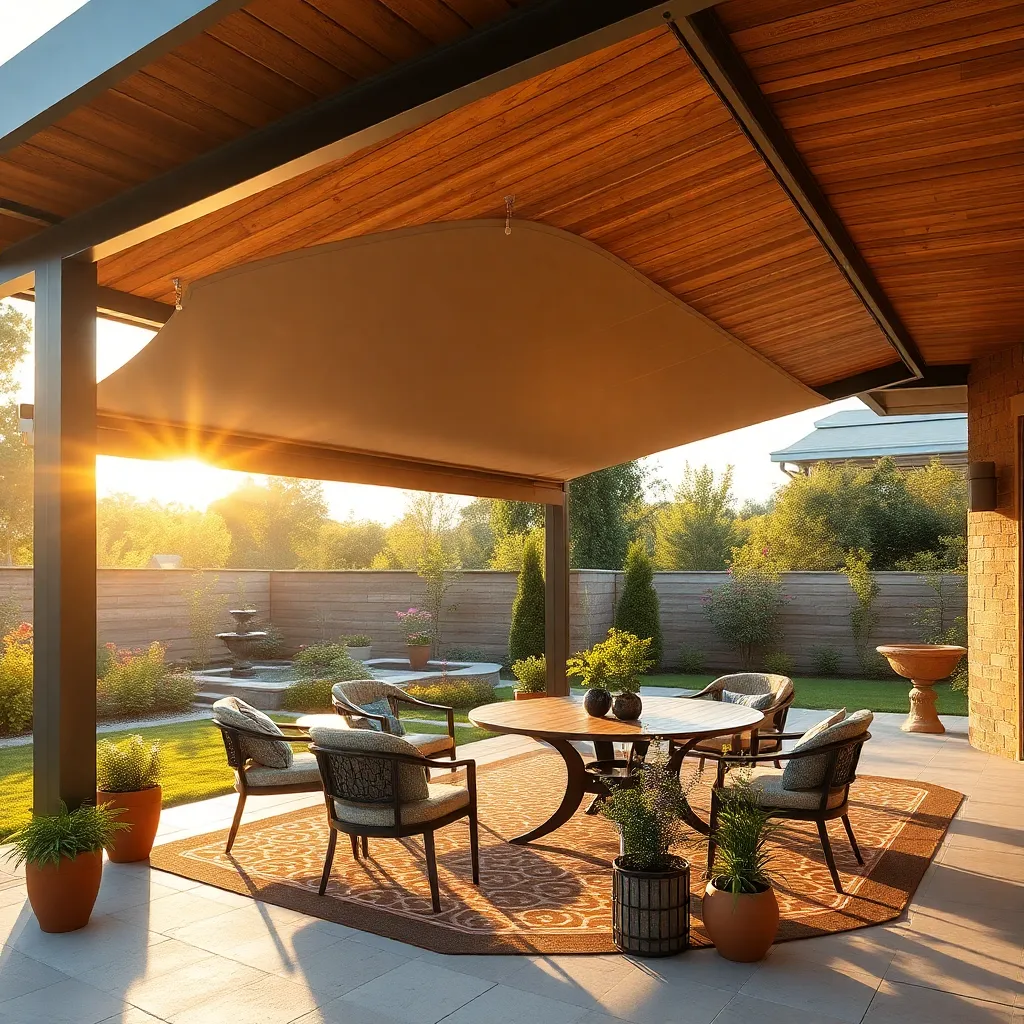
When selecting the size and style of your retractable shelter, consider both your available outdoor space and how you plan to use it. For a small patio, a compact 10×10-foot shelter might be ideal, providing enough coverage without overwhelming the area. Larger yards can accommodate more expansive options, such as a 12×16-foot model, perfect for entertaining guests. Measure your space carefully and keep in mind any nearby structures, trees, or pathways that might affect the installation.
Style is equally important to ensure your shelter complements your home’s aesthetic. Choose materials that match your outdoor decor, such as aluminum frames for a modern look or wood for a more rustic feel. Consider the fabric of the retractable canopy; durable options like acrylic are excellent for weather resistance and UV protection. For those interested in advanced features, look for shelters with integrated LED lighting or motorized retracting systems for added convenience and luxury.
Installation Tips for DIY Enthusiasts
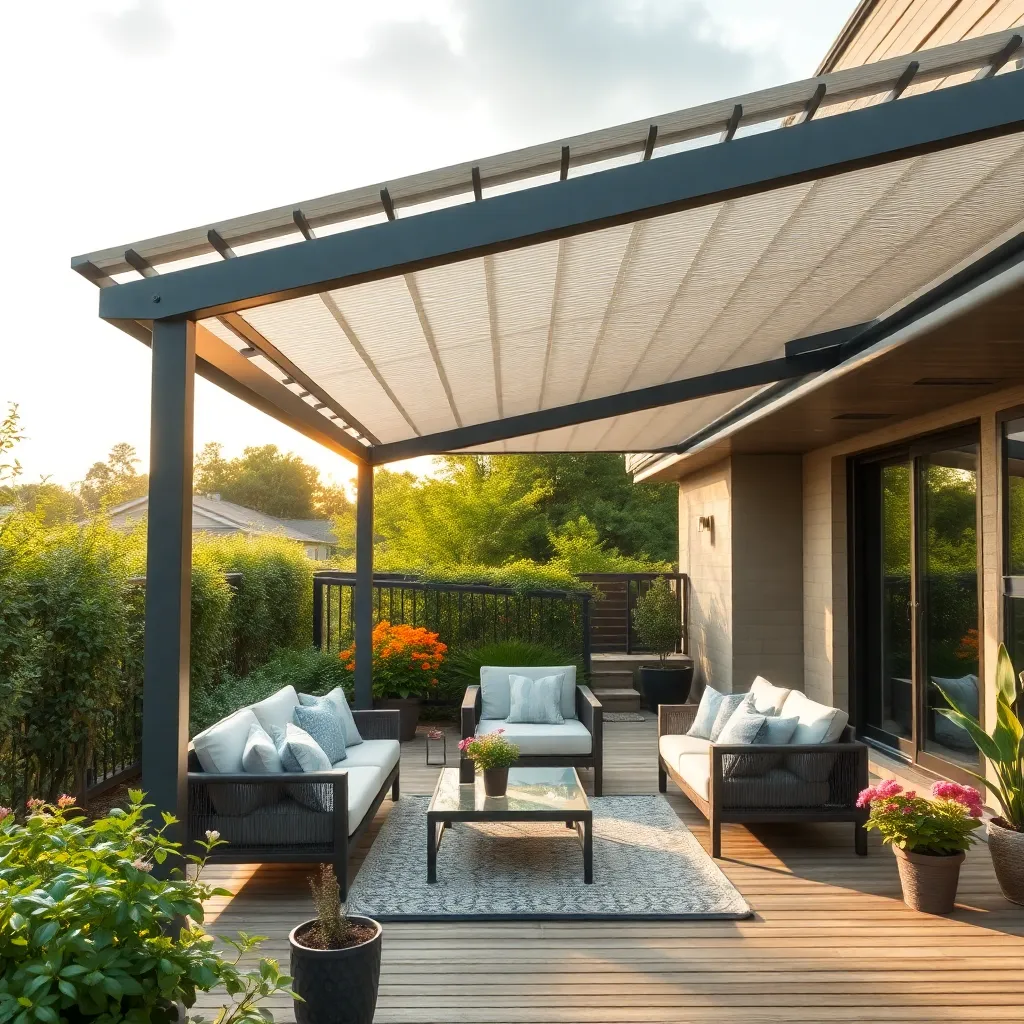
When installing your retractable shelter, start by carefully selecting the location. Ensure the area is clear of obstacles and check for overhead clearance to avoid interference from tree branches or power lines. Level ground is crucial for stability, so use a spirit level to confirm evenness before proceeding with installation. For beginners, prefabricated kits can simplify the process, while more experienced DIYers might enjoy customizing elements like the framework or canopy material.
Choose durable materials such as powder-coated aluminum or treated wood for the frame to withstand various weather conditions. Anchor the structure securely using concrete footings or ground anchors, which provide the necessary stability. Advanced enthusiasts might consider integrating a motorized system for ease of use, ensuring electrical connections are weatherproof. Always follow the manufacturer’s instructions closely and use the recommended tools to ensure a safe and successful installation process.
Exploring Material Options and Durability
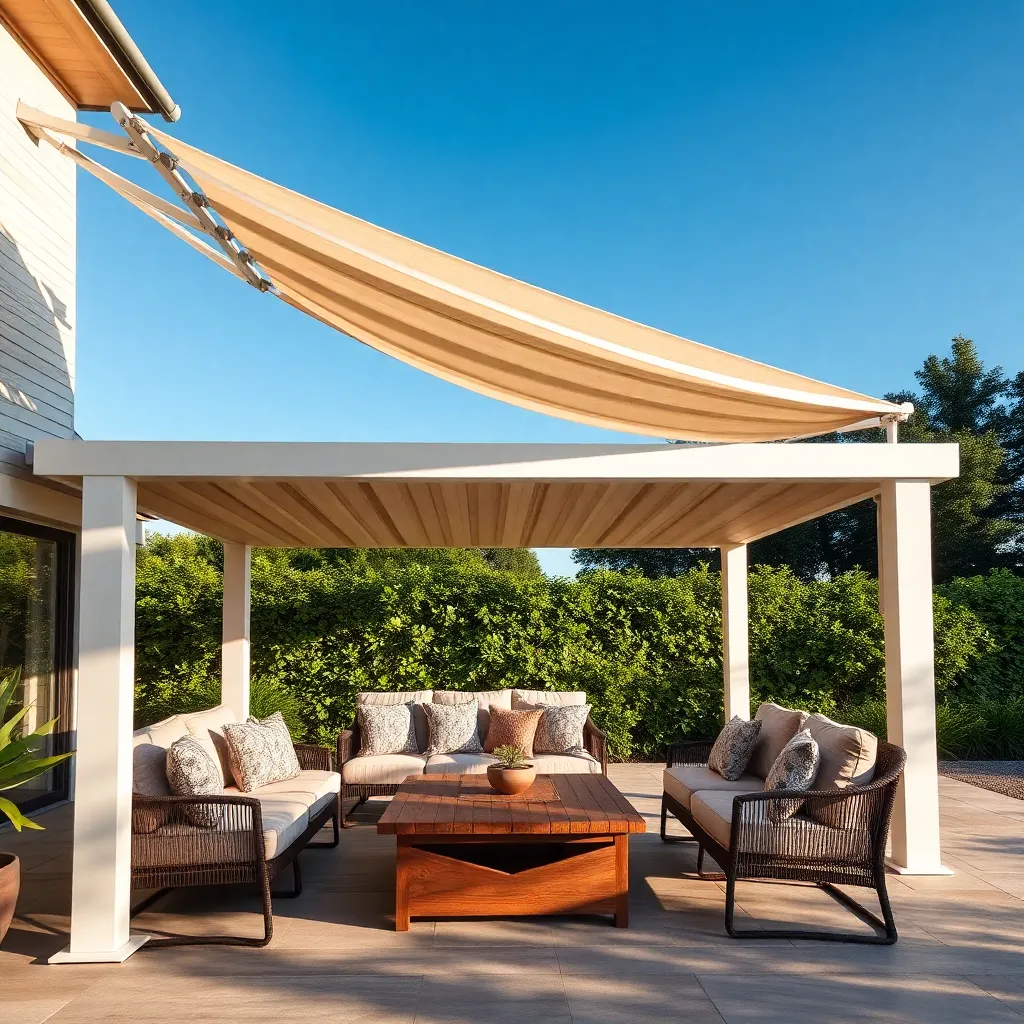
When choosing materials for your retractable shelter, consider not only aesthetics but also durability and maintenance. Aluminum and steel frames are popular for their strength and resistance to rust, making them excellent choices for long-lasting structures. For the canopy, opt for UV-resistant polyester or acrylic fabrics to withstand sun exposure and reduce fading over time. These materials are both easy to clean and maintain, ensuring that your shelter remains attractive and functional year-round.
Beyond basic materials, it’s vital to think about design elements that enhance both the functionality and longevity of your shelter. Incorporate reinforced joints and high-quality fasteners to ensure stability in variable weather conditions. Advanced gardeners may appreciate installing adjustable tension systems to keep the fabric taut and minimize wind flapping. For those in areas with heavy rain or snow, consider adding a slight pitch to the roof to facilitate water runoff. These tips will help you create a durable, adaptable shelter that complements your outdoor space beautifully.
Maximizing Space with Versatile Designs
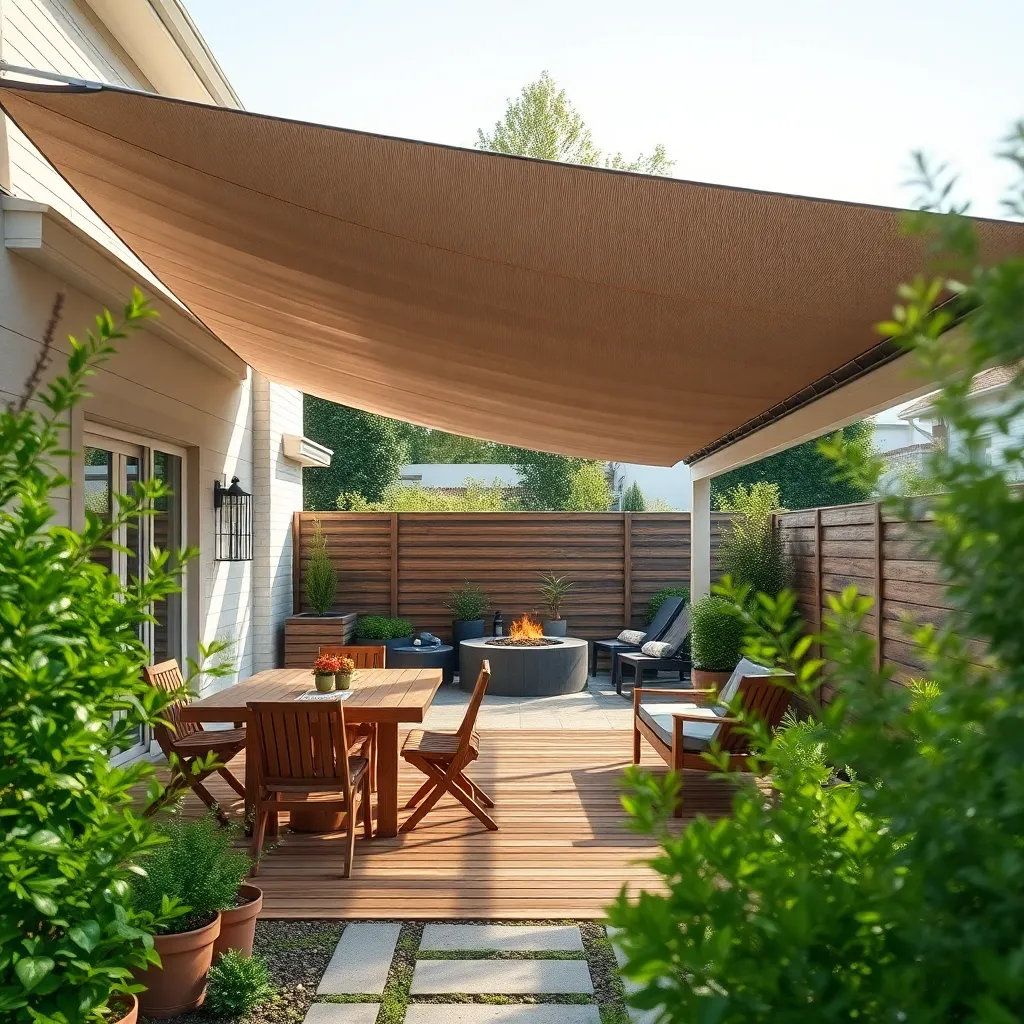
To make the most of your outdoor space, consider modular and retractable shelter designs that adapt to your needs. These versatile setups can include retractable awnings or pergolas with adjustable louvered roofs. A basic design might use weather-resistant materials like aluminum or PVC, offering durability and easy maintenance. For those with more advanced DIY skills, integrating solar panels into your shelter can provide energy-saving benefits while enhancing functionality.
For smaller areas, think vertically by incorporating multi-level structures or hanging planters within your shelter. Use these to create a cozy nook or an elevated garden space. Opt for lightweight, sturdy materials like treated wood or powder-coated steel to maintain stability and aesthetics. A key feature for maximizing space is to ensure your shelter includes foldable or collapsible elements, which can be tucked away when not in use, offering flexibility and freeing up valuable yard area.
Seasonal Adjustments for Year-Round Use
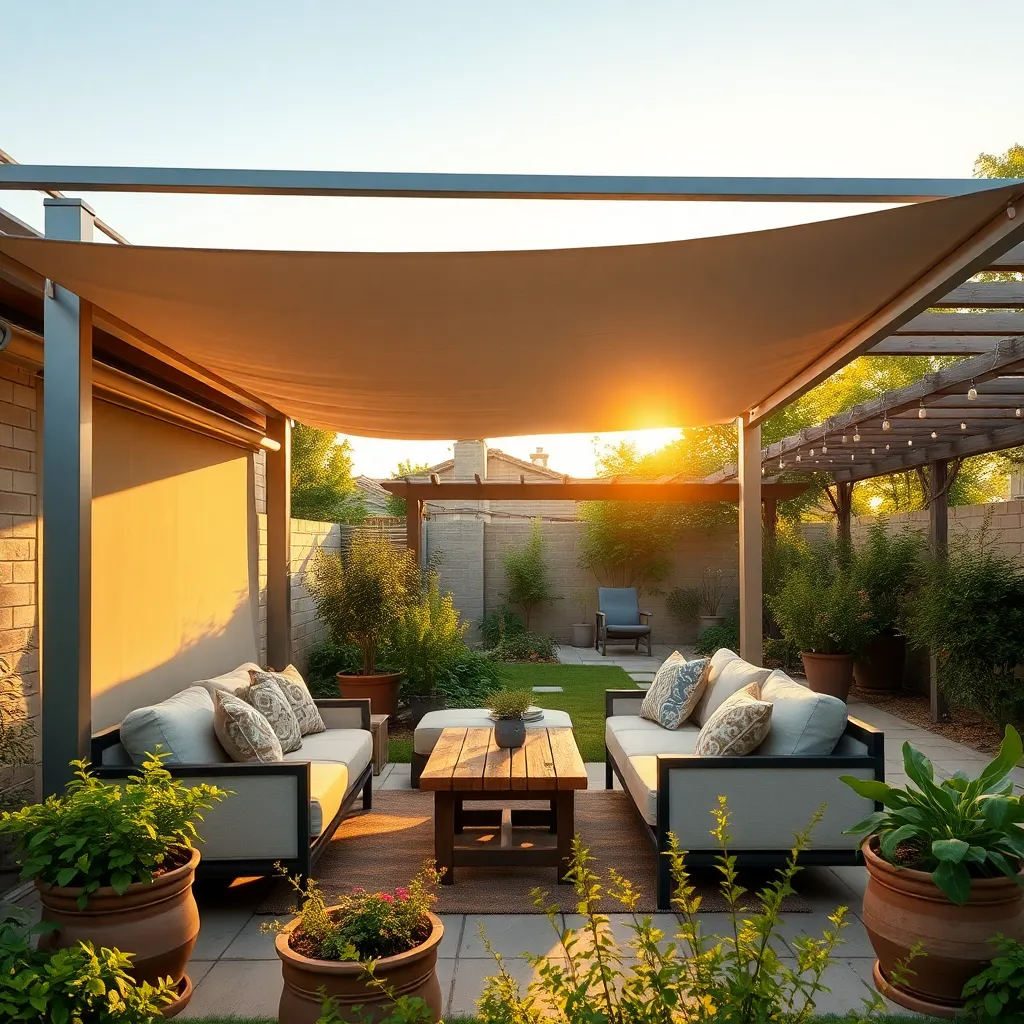
To ensure your retractable shelter is usable year-round, it’s essential to make seasonal adjustments tailored to your climate. Consider using weather-resistant materials such as treated wood or powder-coated aluminum, which are durable against harsh winter conditions and protect against rust. Incorporate adjustable panels or detachable walls that can be added or removed as needed, providing flexibility to adapt to temperature changes and increasing comfort throughout the year.
For enhanced usability, install an efficient drainage system to prevent water accumulation during rainy seasons. This can involve slightly sloping the roof or integrating gutter systems that direct water away from the structure. Advanced users might explore installing retractable awnings that can be easily adjusted depending on the sun’s position. By thoughtfully considering these elements, you can create a welcoming outdoor space regardless of the season.
Enhancing Comfort with Accessories
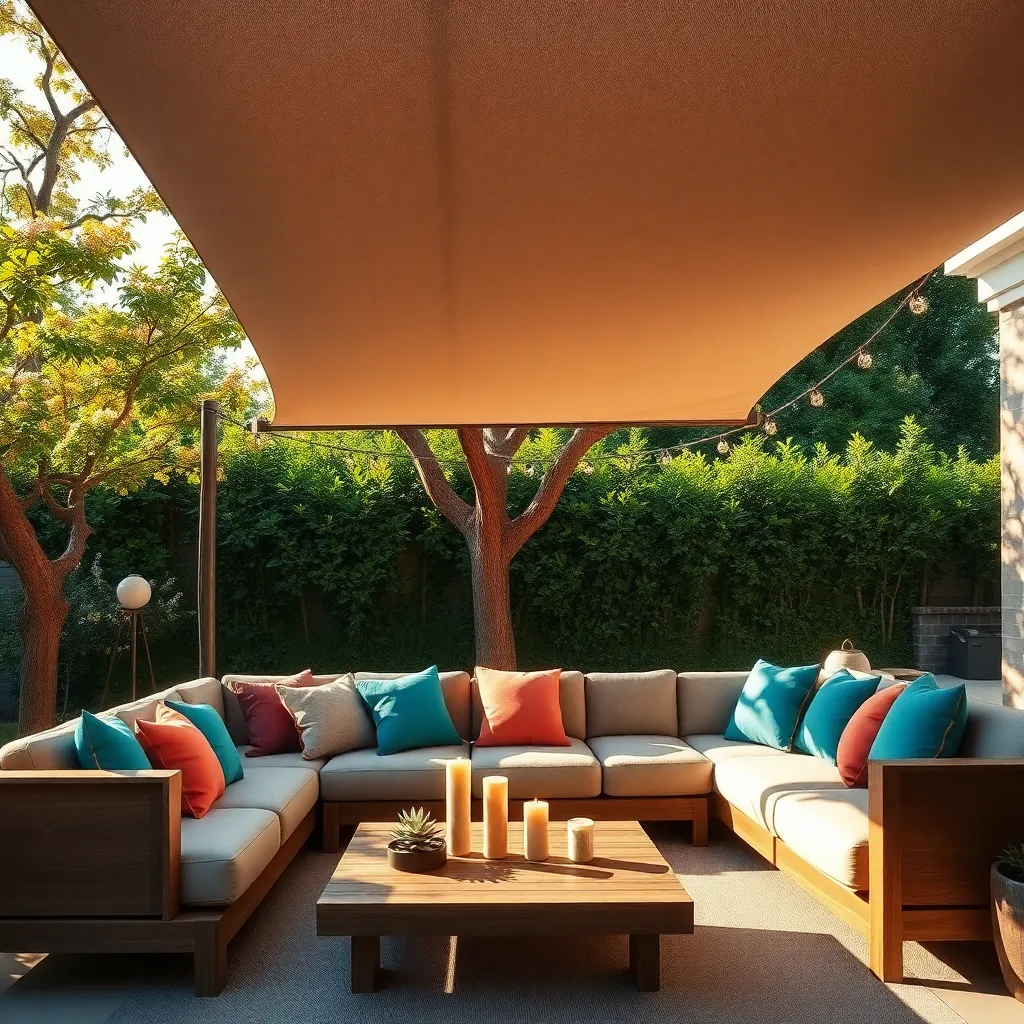
Adding accessories to your retractable shelter can significantly enhance comfort and usability. Consider incorporating weather-resistant cushions and throws made from durable fabrics like acrylic or olefin, which are perfect for outdoor conditions. These materials are known for their resistance to UV rays and moisture, ensuring that your seating area remains inviting throughout the seasons. For a touch of elegance, install outdoor curtains or privacy screens; they can provide shade and seclusion while adding a decorative element to your space.
For those looking to go a step further, integrating lighting options can transform your outdoor shelter into a cozy evening retreat. Opt for LED string lights or solar-powered lanterns to create a warm ambiance without incurring extra energy costs. These lighting solutions are both practical and environmentally friendly. Additionally, consider adding a small outdoor rug made from polypropylene to define your seating area and provide a soft surface underfoot. This not only adds comfort but also helps protect your deck or patio from wear.
Maintenance and Care for Longevity

To ensure your retractable shelter stands the test of time, regular maintenance is essential. Start by inspecting the mechanism for any signs of wear or debris, as these can impede smooth operation. Clean the canopy material using a mild soap solution and water, and check for any tears or frays, which should be repaired promptly to prevent further damage. For those in areas with harsh weather, consider using weather-resistant materials like acrylic or polyester that offer superior durability.
For more advanced care, lubricate the moving parts with a silicone-based lubricant to maintain ease of use. Make sure to retract the shelter during severe weather conditions to prevent structural damage. Regularly check the mounting points and hardware for rust or loosening, and tighten or replace them as necessary. If you have a motorized retractable shelter, ensure the electrical components are protected from moisture and serviced periodically for optimal performance.
Conclusion: Creating Beautiful Outdoor Spaces
As we wrap up our exploration of ‘8 Retractable Shelters for Flexibility in Your Yard,’ consider how each concept serves as a metaphor for building resilient and adaptable relationships. We discussed the importance of creating safe spaces with mutual respect, fostering adaptability to navigate life’s unpredictable weather, and prioritizing quality time to strengthen connections. We also highlighted the significance of open communication, shared responsibilities, and setting healthy boundaries. Lastly, we touched on maintaining individuality within partnerships and the vital role of continuous learning in relationships.
To put these insights into action, I encourage you to choose one area where your relationship could use a little extra shelter and take a small, meaningful step today—whether it’s planning a dedicated time for heartfelt conversations or revisiting your shared goals.
Remember, relationships thrive with conscious effort and flexibility. Bookmark this article to revisit these strategies whenever you need a reminder of how to nurture your partnership. As you integrate these concepts, look forward to a future where your relationship isn’t just enduring but flourishing, supported by the flexible, retractable shelters you’ve thoughtfully built together. Your journey to relationship success starts now, one step at a time.

